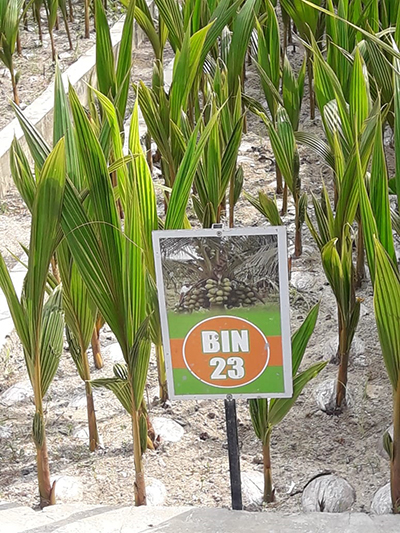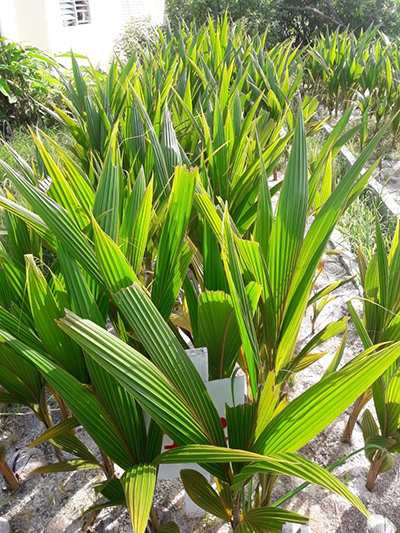– Simultaneously providing sustainable livelihoods
THE United Nations Framework Convention on Climate Change (UNFCCC) is an international environmental treaty which requires individual participating countries to commit to stabilising greenhouse gas emissions. There are 197 parties to the Convention of which Guyana became a signatory in 1992, followed by ratification in 1994. And, in 2017 the “Koronivia Joint Work on Agriculture” (KJWA) within the UNFCCC framework was formed.
THE KORONIVIA JOINT WORK ON AGRICULTURE ROADMAP
The Roadmap recognised the climate change challenges – both adaptation and mitigation – faced by the agricultural sector and the need for bold, urgent and transformative actions to meet these challenges. It also recognised that these actions must be led by countries, farmers, researchers, investors and the private sector; and for effective transformation to occur, agriculture must be seen in a broad sense as including policies, services and institutions.
The KJWA Roadmap prescribed five thematic areas: Methods and approaches for assessing adaptation, adaptation co-benefits and resilience; Improved soil carbon, soil health and soil fertility under grassland and cropland as well as integrated systems, including water management; Improved nutrient use and manure management towards sustainable and resilient agricultural systems; Improved livestock management systems including agropastoral production system; and Socioeconomic and food security dimensions of climate change in the agricultural sector. The National Agricultural Research and Extension Institute (NAREI) through research and work with farmers has been making significant strides in fulfilling KJWA Roadmap.
This week NAREI in Focus will look at the socio-economic and food security dimensions. NAREI has embarked on community-based development activities characterised as sustainable livelihoods activities, which serve to build adaptive capacity in the face of climate-related shocks. These shocks can manifest themselves as drought, floods, emerging pests and diseases, and loss of biodiversity owing to climate change. Thus, these sustainable livelihood interventions of NAREI acts as de facto climate change adaptation options.
Climate change has affected coconut plantations through precipitation changes, increased weeds, and increased incidence of pests and disease. Unlike in seasonal crops, the impact of climate change will have long-standing ill effects in coconut since it is a perennial crop.
In an effort to have farmers invest in the coconut sector, NAREI has adopted various approaches to mitigate risks associated with seasonal climate variability. These include the adoption of tolerant crop varieties, intercropping with vegetables, and improved practices for pest and disease management.
Increased cultivation and replanting of the coconut estates in Guyana is imminent, as such various nurseries were established along the coast of Guyana, including Victoria, Buxton, Helena #2 Mahaica, De Hoop Mahaica and Bush Park, Mahaicony. Establishment was facilitated through collaborative efforts of NAREI, International Trade Center (ITC) and Caribbean Agricultural Research and Development Institute (CARDI). Coconut nurseries were established and monitored at nine locations across Guyana.
One major activity undertaken was the selection of mother palms and the establishment of coconut nurseries for lead farmers. A coconut nursery has been established at NAREI to assist in the dissemination of selected planting materials to farmers.
Another aspect of this intervention is the introduction of improved varieties of coconuts. Planting material for the cultivation of adaptable, prolific-bearing dwarf varieties, and early-bearing varieties, such as the 18-month coconut, are being made available to farmers.
Intercropping with legumes and vegetable production in shaded cultivation
Collaboration between NAREI, CARDI and ITC has established shade houses on farmers holdings at Dalgin, Soesdyke-Linden Highway and Mahaica, ECD. Vegetable crops are being cultivated to supplement incomes from the coconut plantations, while avoiding expenditure on weed management. Also, demonstration plots were established to mitigate weed infestation through the intercropping of red beans and peanuts on the plantations.



.jpg)








